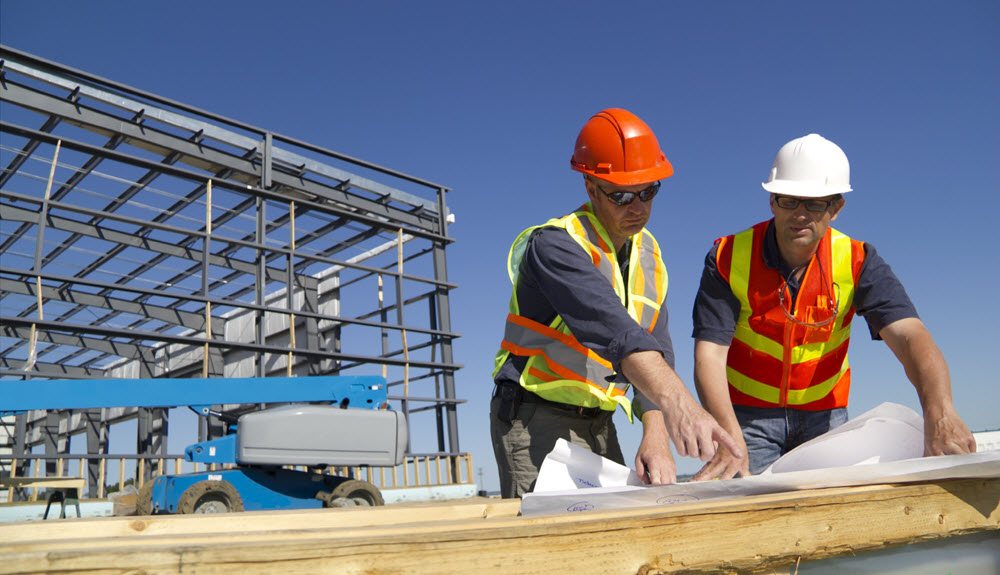What is Quality Assurance
Quality assurance can be defined as a set of measures intended to make sure that quality standards and procedures are observed, that the end product meets or surpasses the needed performance and technical requirements. However, ISO 9001 as well defined Quality Assurance (QA) as the portion of quality management that is fixated on providing assurance that the needed quality is fulfilled. Therefore, quality assurance is all those scheduled and systematic actions required to provide suitable assurance that a service or product will meet a specific set of requirements for quality.
Implementing Quality Assurance in Construction
The battle of the execution of quality assurance in construction market has been going on for quite a number of years. The expenses in the industry can possibly be reasonably lessened if it were to make use of quality assurance that has been made use of by other companies to achieve great success (Quality Assurance in Construction White Paper). But, several case studies & initiatives have made success in the introduction of quality assurance in construction industry on a much smaller scale, however, in its entirety; it has typically been disregarded by the industry. The construction market is quite unique and hence, the use of quality assurance is needed.
Discussed below are some of the key steps of this procedure;
- The very first thing to do is that all project managers in several different departments need to form a group or team that will be specifically for quality assurance in construction. This group will be in charge of valuing and reporting the evaluation concerning every aspect of the industry. The group will work individually and possess the freedom and authority of work at every point of their undertaking. There has to be a report to the company’s top management and results must be kept in files.
- The chief responsibility of the team once it has been formed will be to outline the various tasks and allocate them to the respective individuals. A few of these responsibilities are to analyze the tools, products, standard & guidelines, required services, audit project procedures, tools or standards to be made use for the project, suggest different methods, report the results of the evaluation and so on.
- Then, the group defines the strategies for the QA (quality assurance) procedure. In this scenario, it is totally dependent on the nature of the construction company; even though the most basic strategy still remains the same for most of the construction companies, there might be a change in the details of the strategy. The list mainly includes process evaluation, QA goals, scheduling every activity, outlining the tests & verification actions, identifying requirements for training, tracking and documenting, outlining the sole responsibility of each team member, budgeting & funding for jobs involved in quality control and some others.
- The next step is to generate the test procedures, checklists & associated activities to describe the manner quality assurance will be carried out.
- The group simply has to carry out its activities according to the already made plans to guarantee the next stages of the quality assurance procedure. Resources can be gotten to execute the processes, whenever the group begins to evaluate the project. Any digression from the requirements or standards is alerted and reported to the proper department. The issues are then dealt with and again sent to the quality control group for testing. Thus, testing and modifying goes on, until the project is verified to be in conformity with the standards.
- The next stage is to determine the training necessity for the group members so as to execute the evaluation procedures as defined in the quality control strategy.
- The group’s performance has to be frequently monitored in accordance to the plans, budget and schedule by the project supervisor. In the event that the group is not performing as expected, then, corrective activities should be put into action.
- The group actions and outcome are evaluated by the top management and the stakeholders of the company at consistent intervals. At this point, the top management takes care of any unsolved problem on the group process.
- The group takes in information on the review from several different sources. Again, recommendations for development at any stage of quality assurance in construction process is received and applied in the subsequent session, so far it surpasses all the limitations. Suggestions are received from any department of the company for later use.
- The group refines the whole procedure to give it a specific arrangement with the group’s checklists, templates, and description. This particular arrangement can be used again in the future as a model or may become an instance to other organizations or companies.






